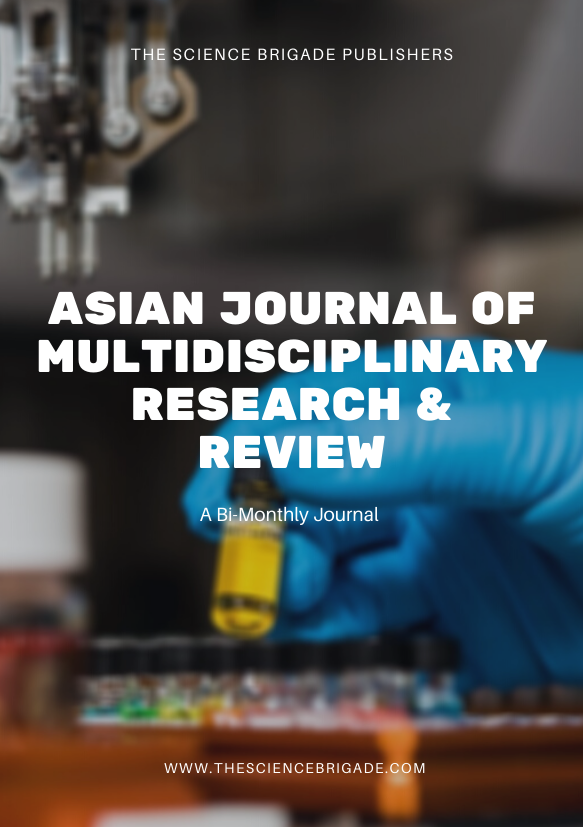Blackstone says ethics and natural law are synonyms and natural is the highest source of authority and of obligation.
There has always been confusion amongst legal philosophers regarding the appropriateness of the separability thesis, as to whether or not law and morality have a connection? The connection between the two concepts establishes an important idea as to whether the law should be followed according to moral standards or should be followed as it is without lawyers and judges being burdened with the responsibility morality. Usually, any legal legislation or law does not agree with the moral compass of a small group of people, but the major issues arise when the moral code of a majority population is violated by a law.
The following essay is going to discuss the link between law and morality and the link between legal positivism and morality. This essay will further outline two objections placed by natural theorists on the separability thesis and out of those two objections we will analyze which is more convincing, that is which objection is justified and which is not.






